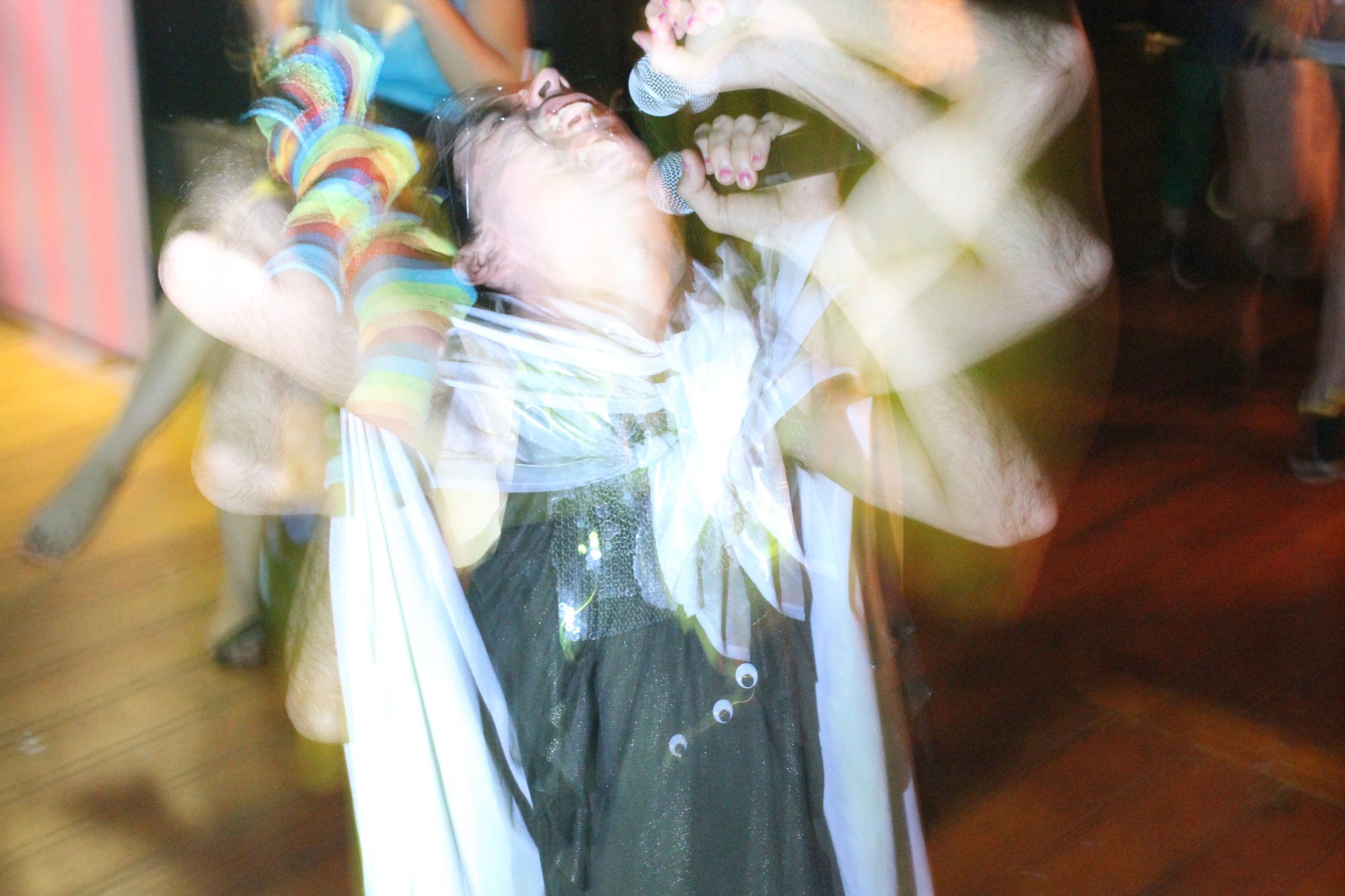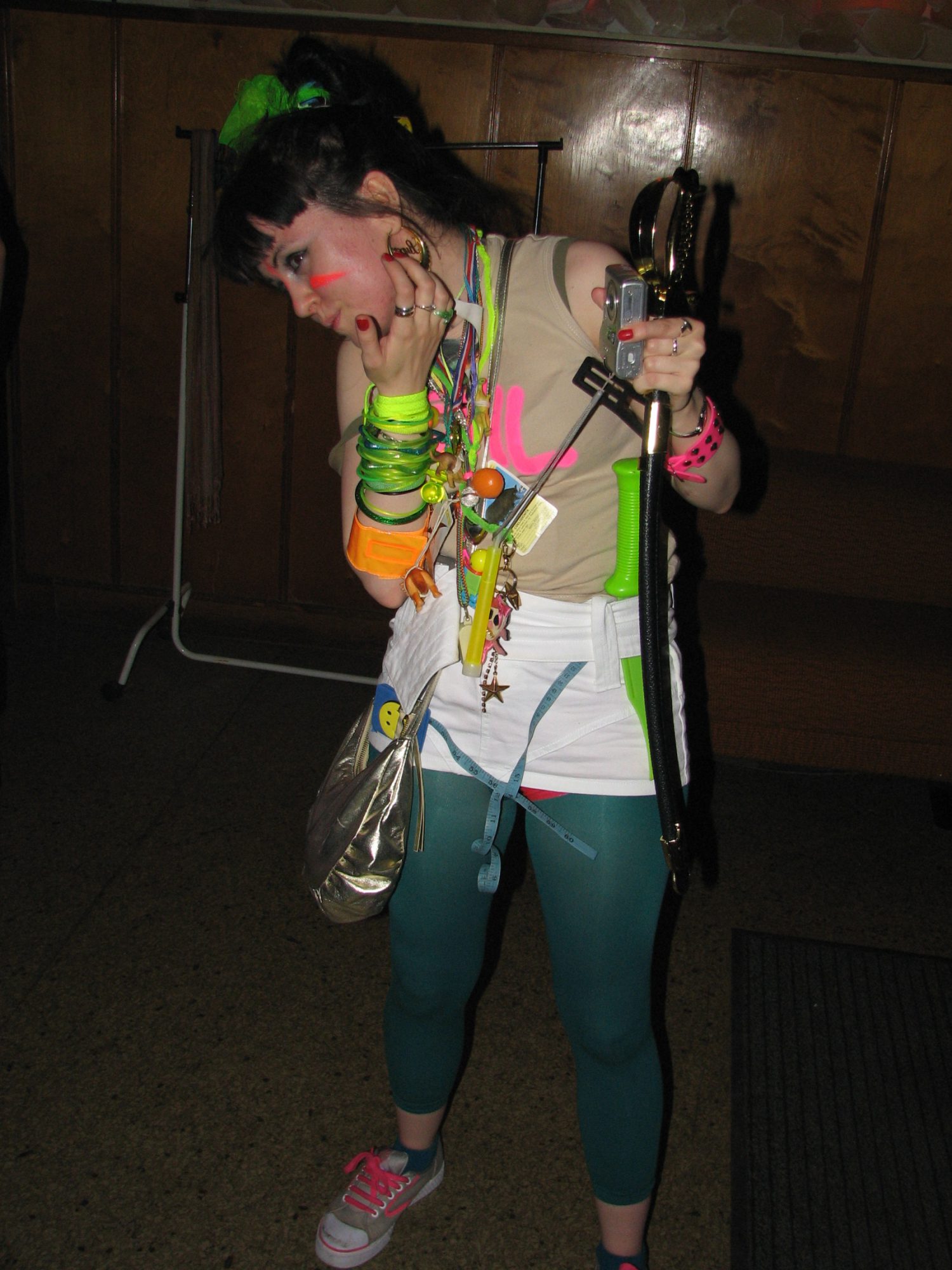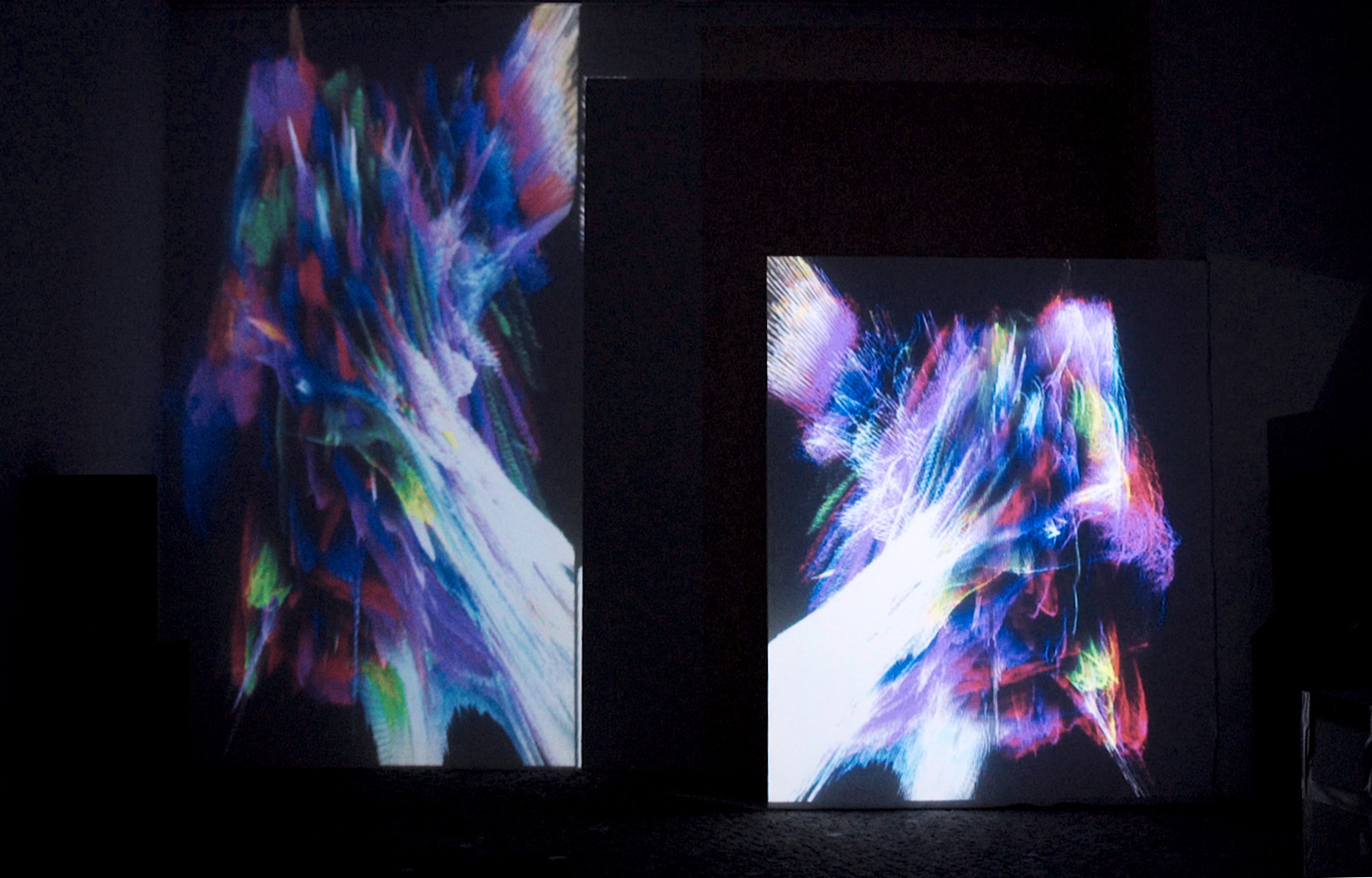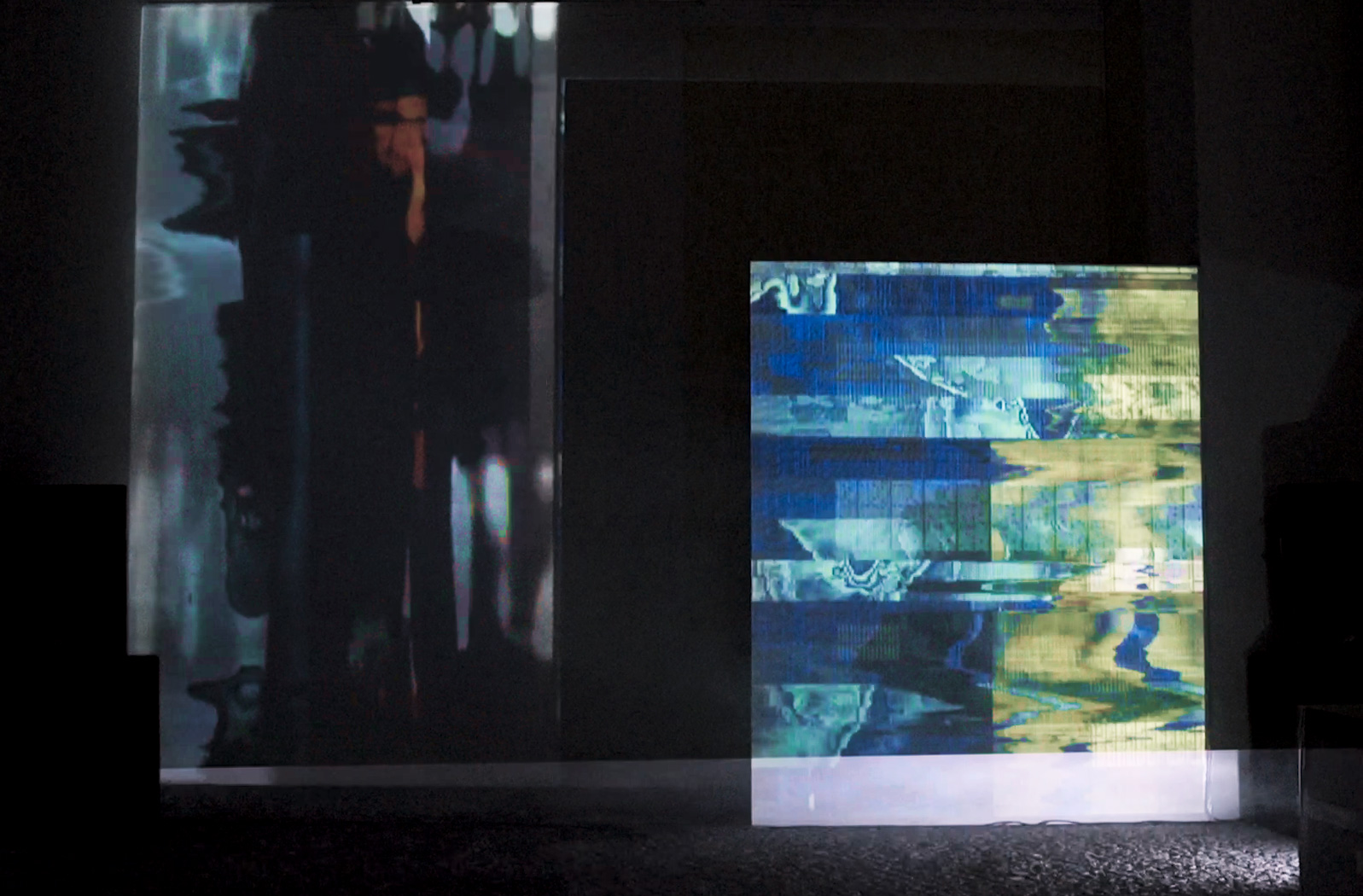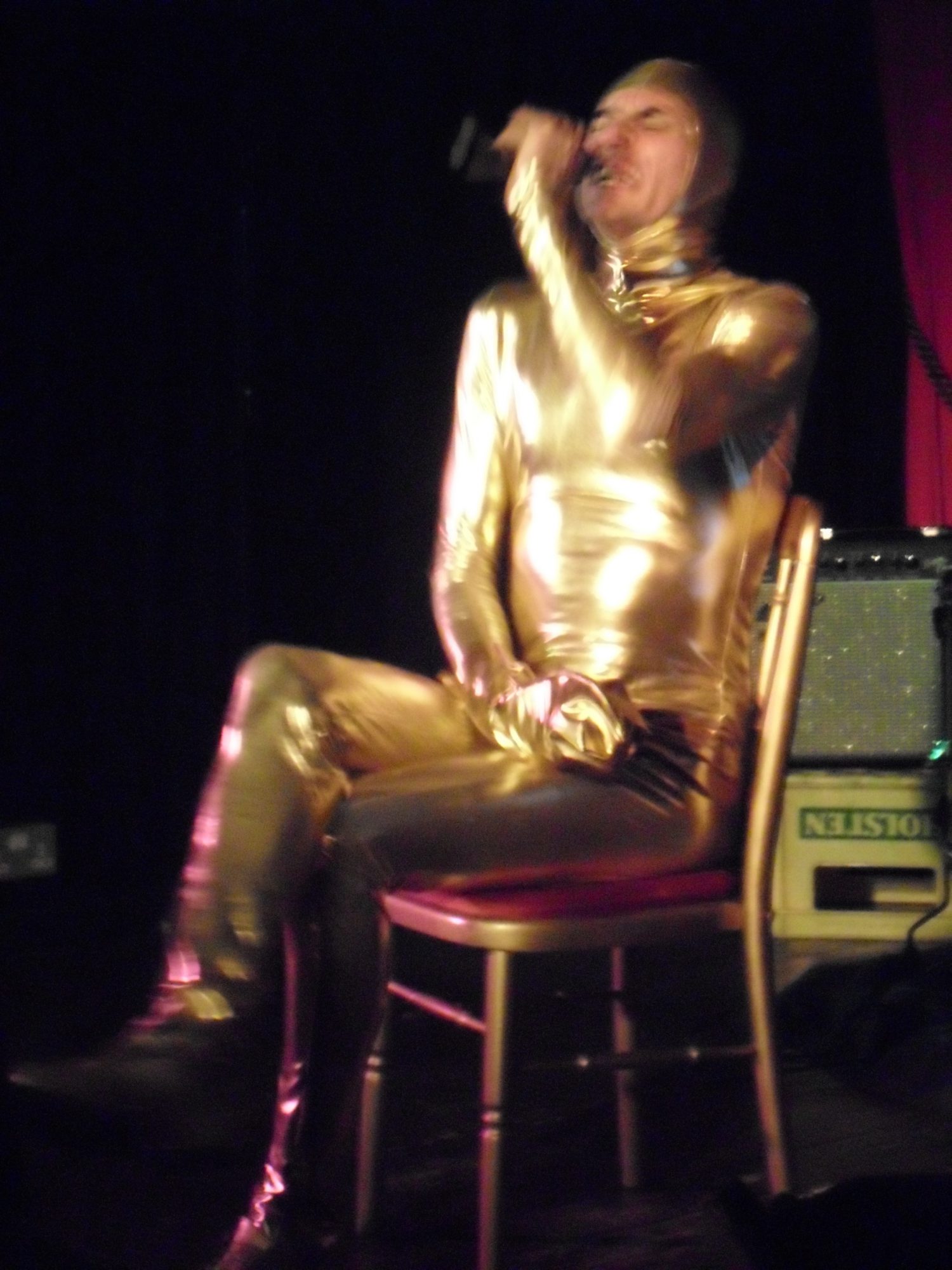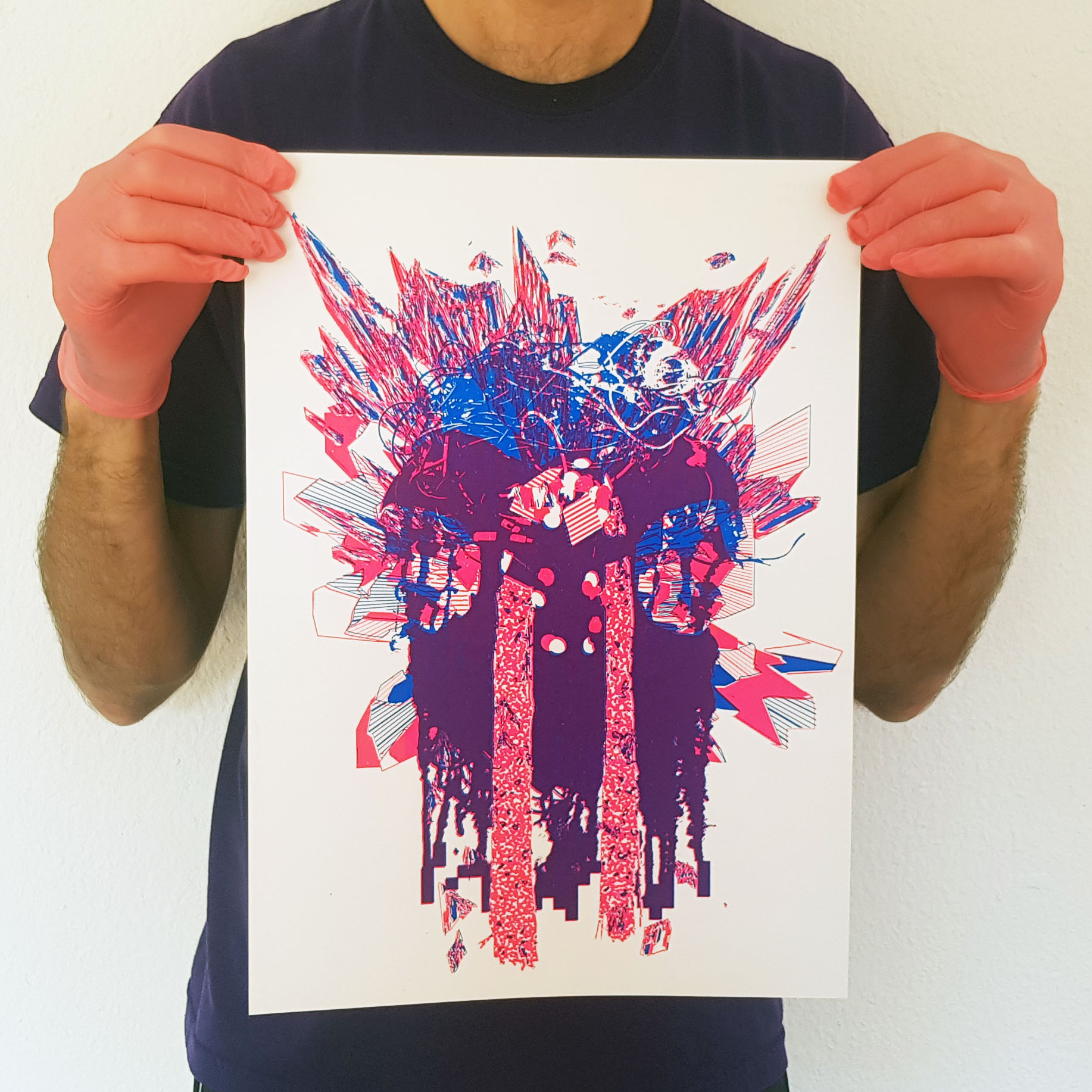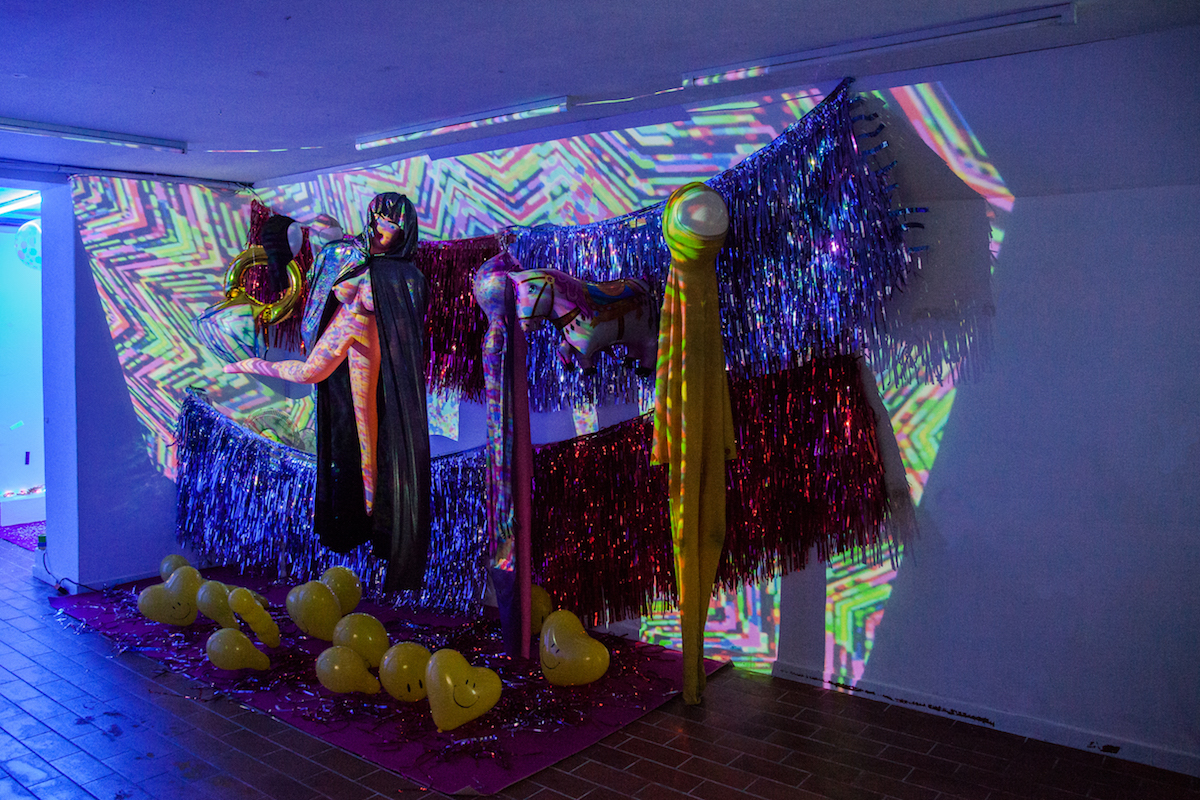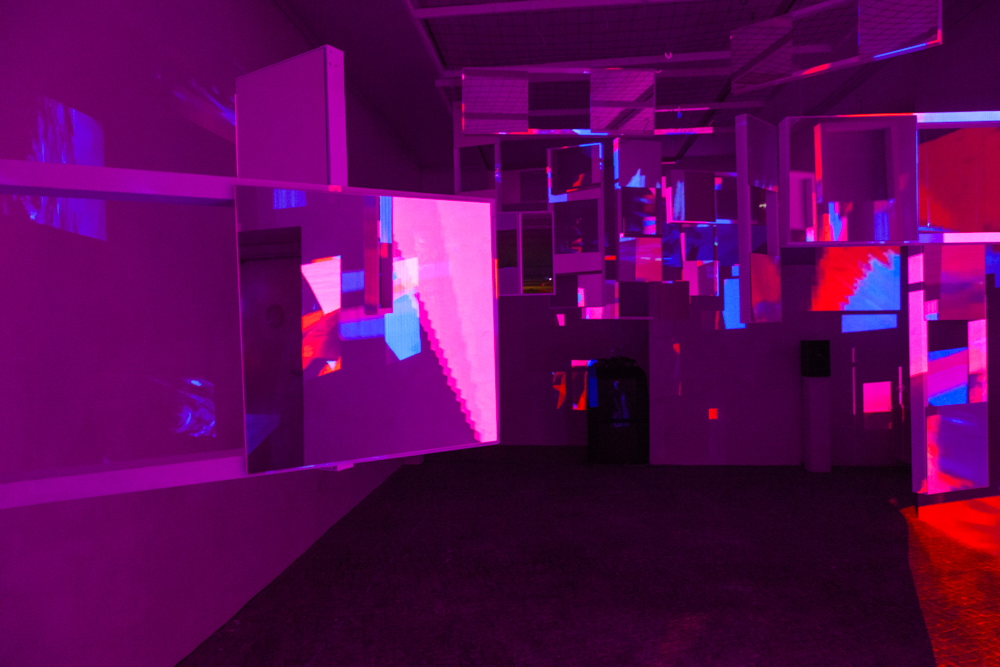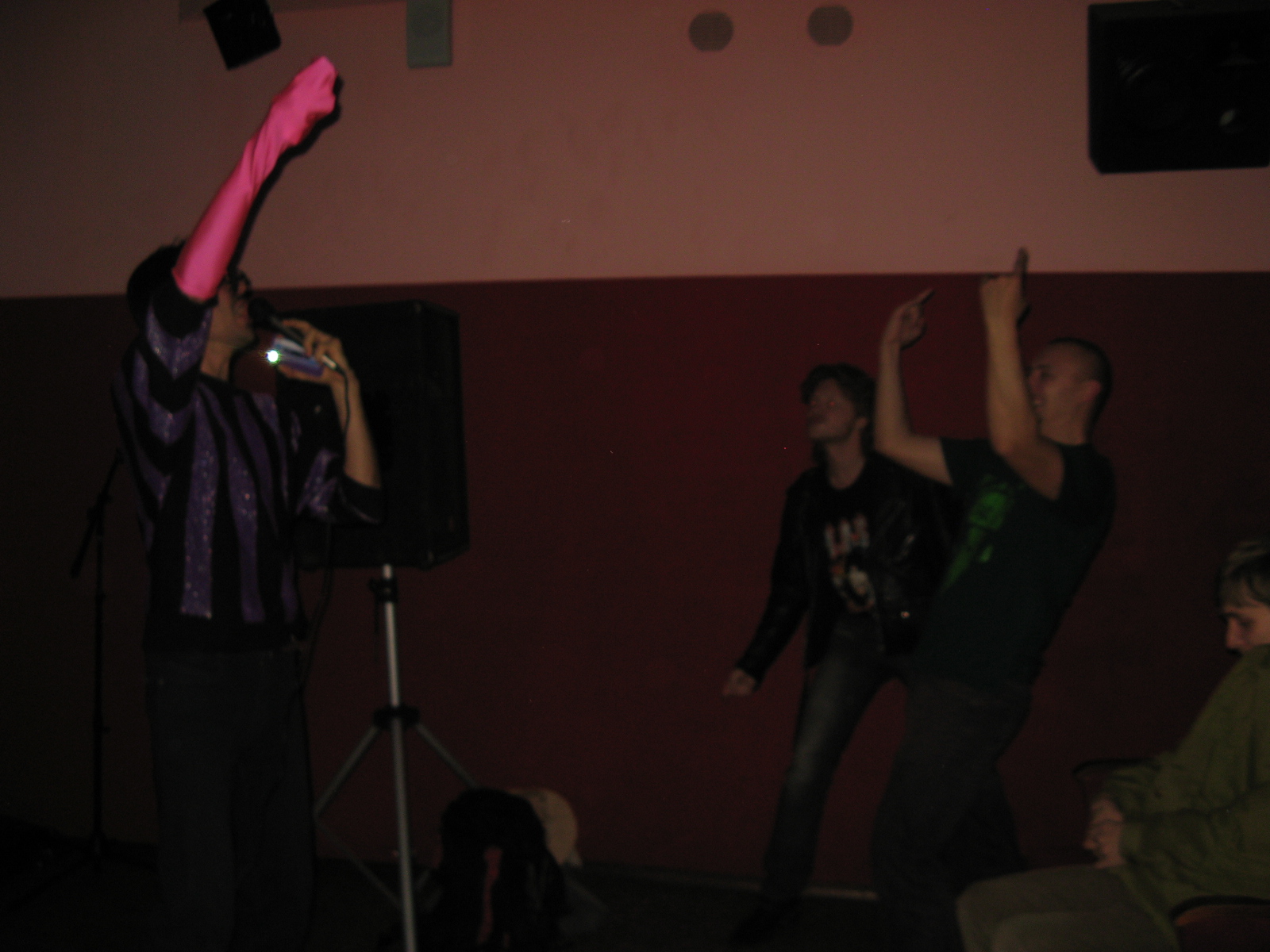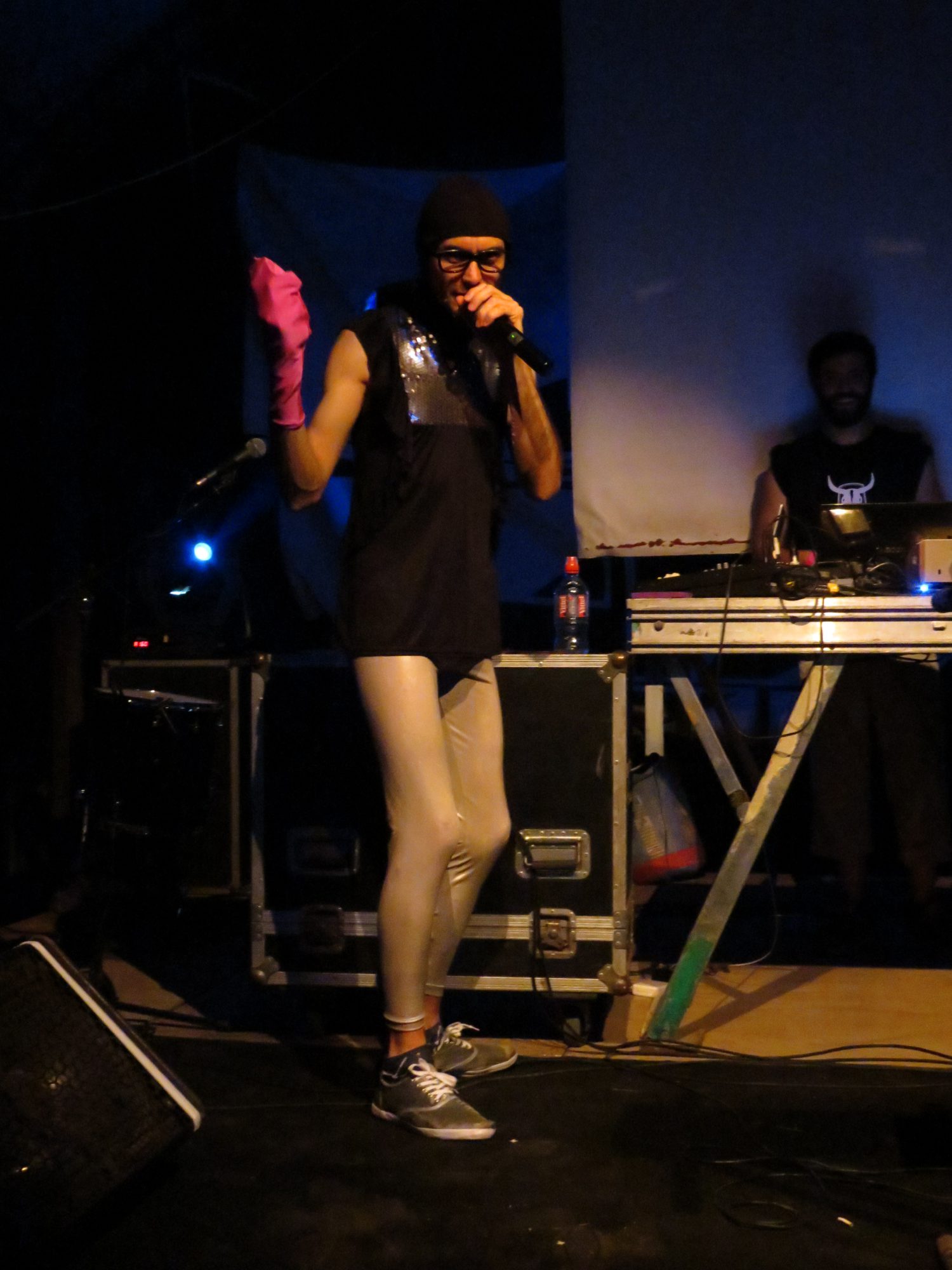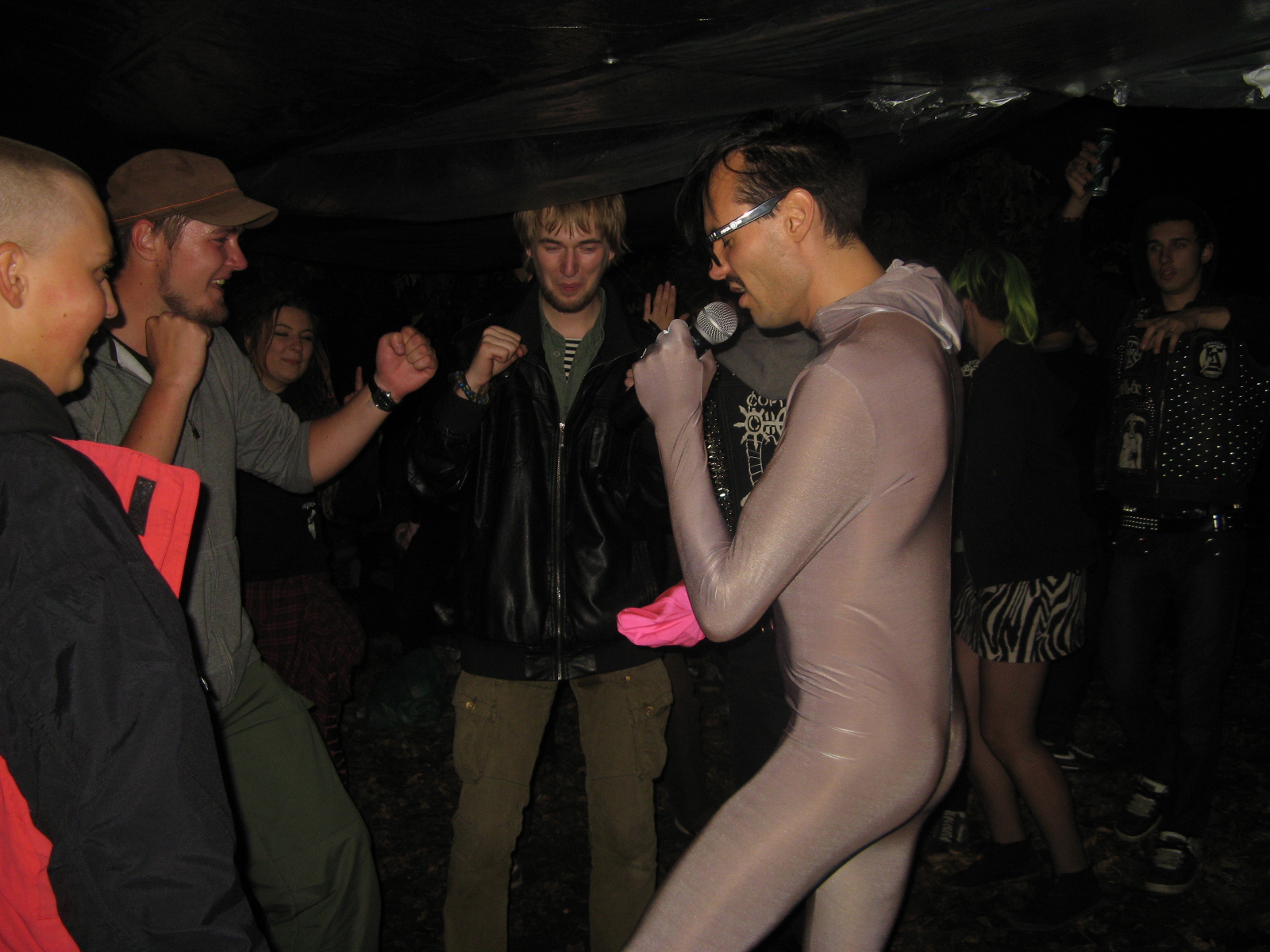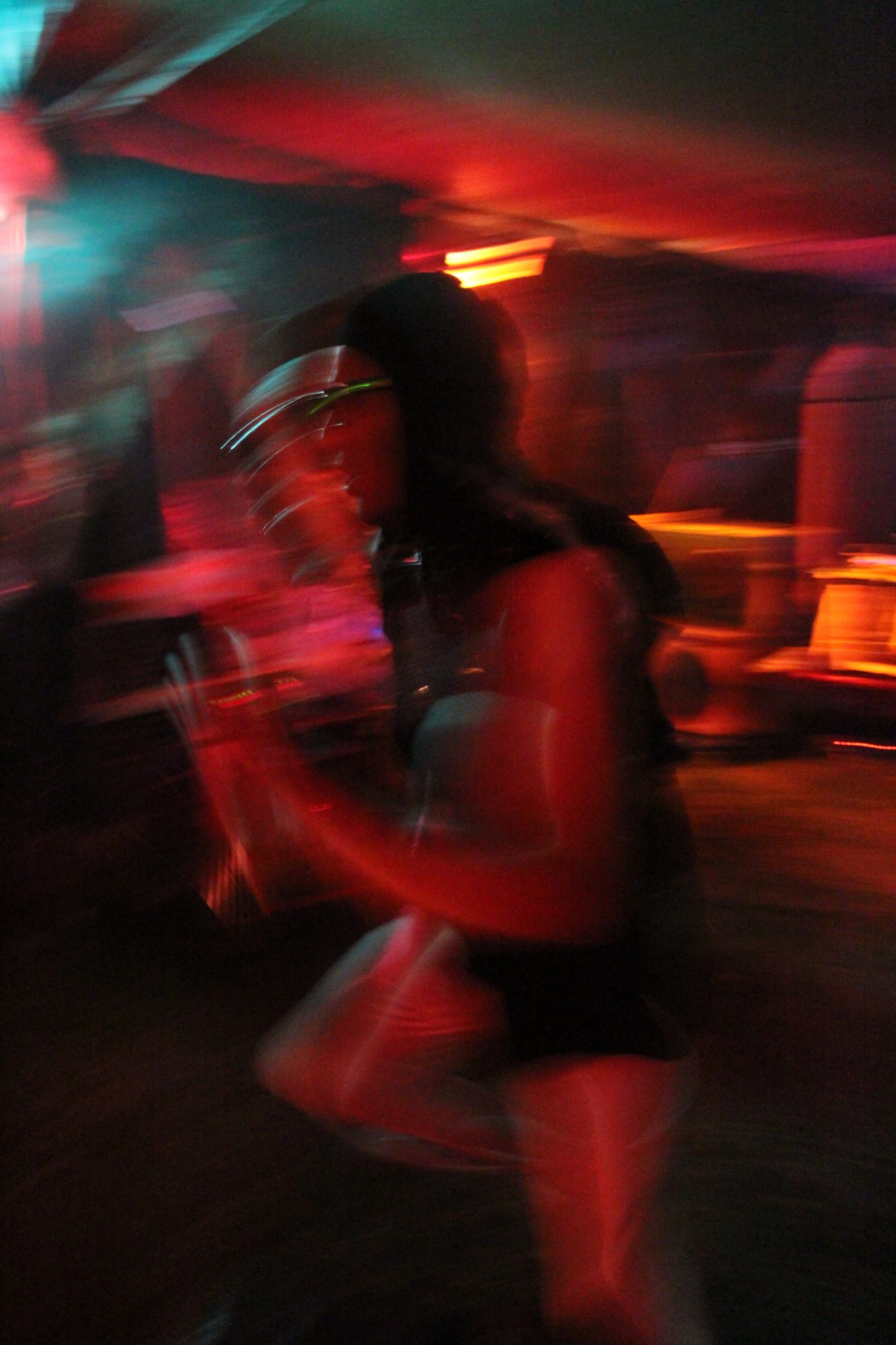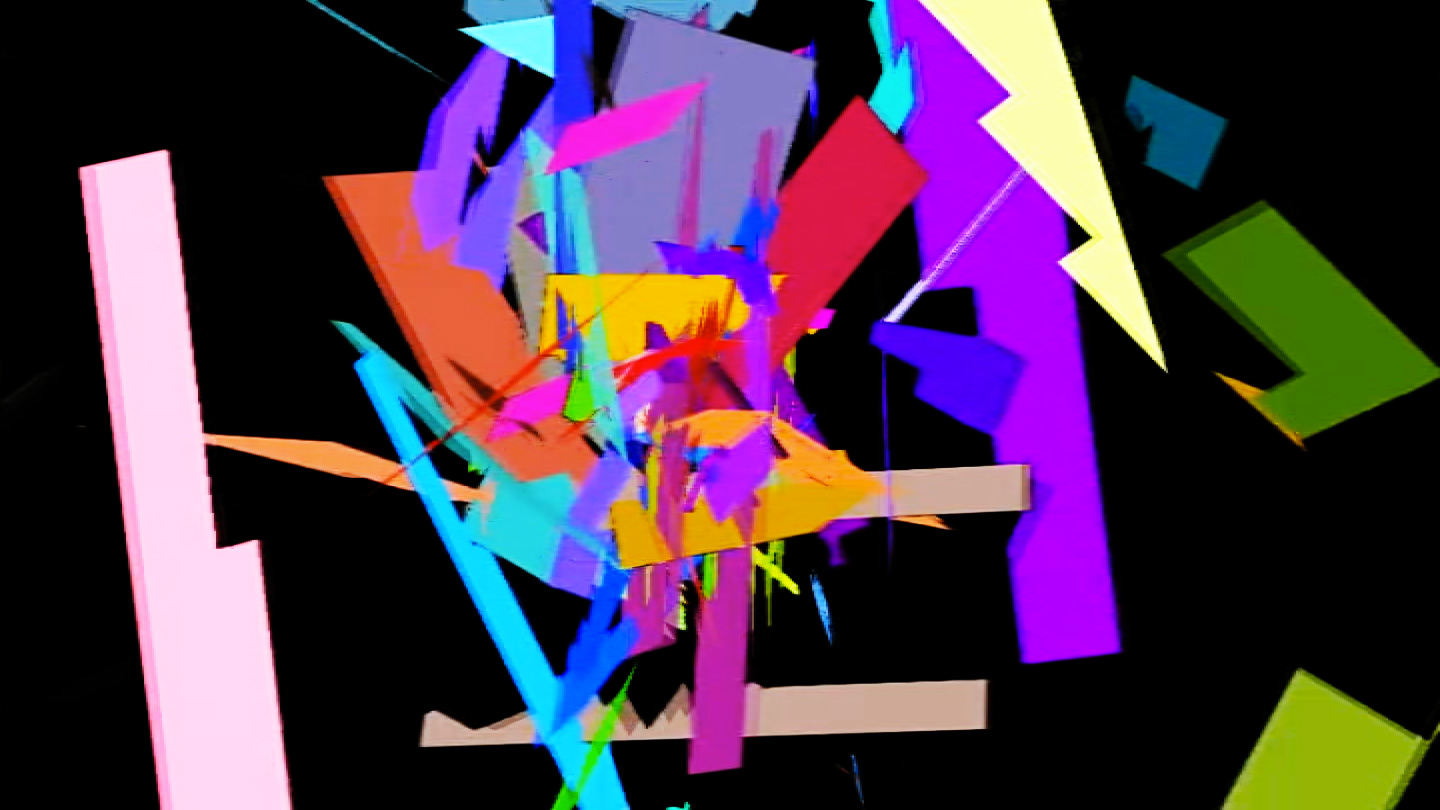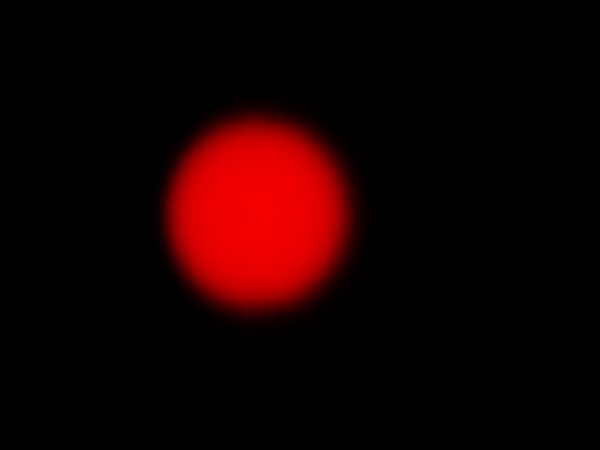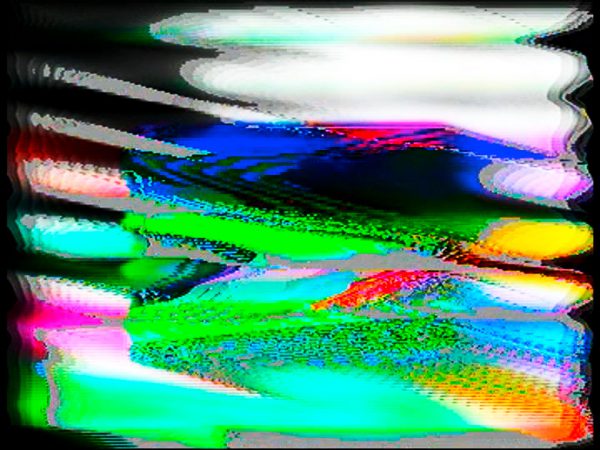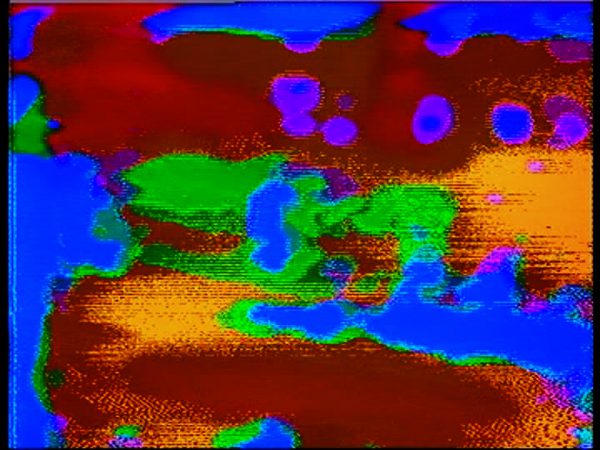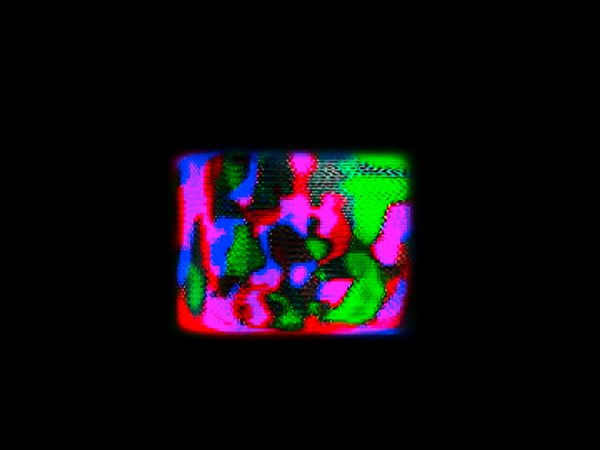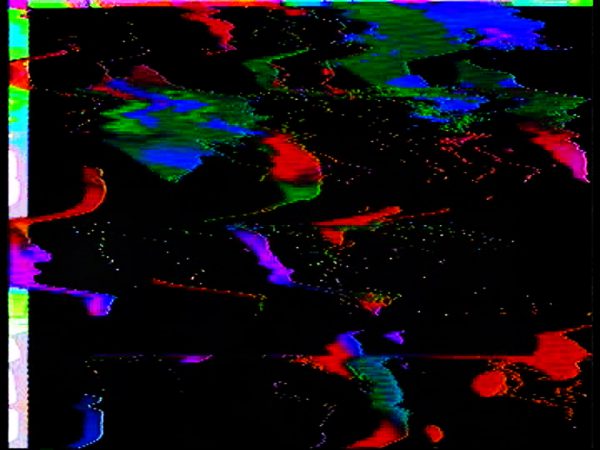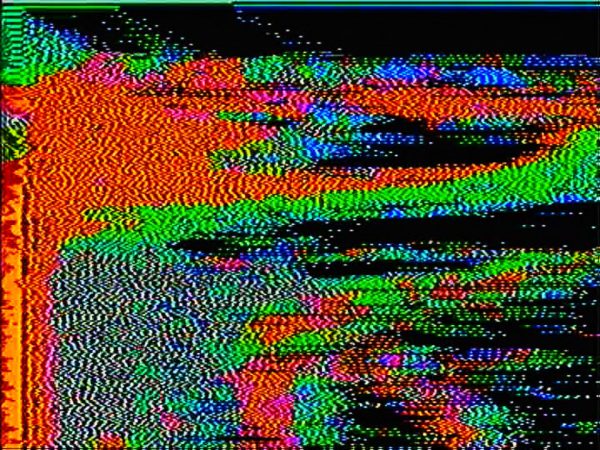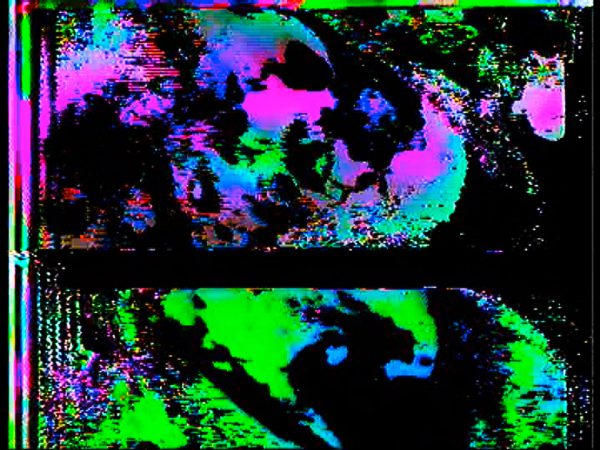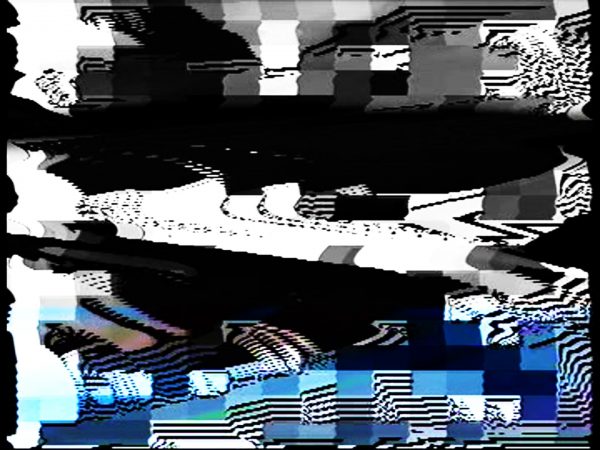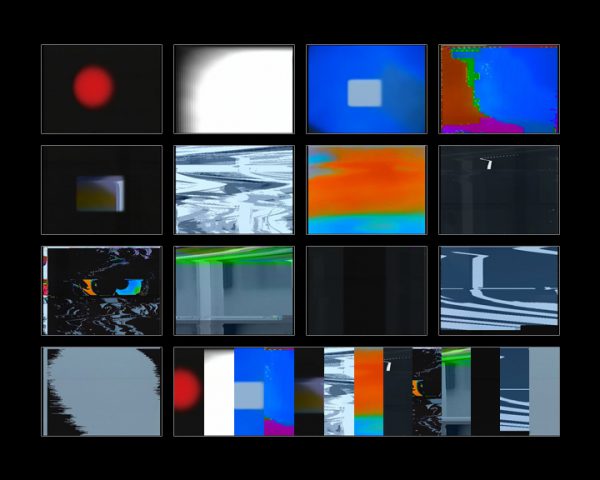Directors: Botborg (Scott Sinclair, Joe Musgrove)
Title: Principles of Photosonicneurokinaesthography
Format: DVD – PAL 4:3 – Color – Stereo
Length: 60 minutes
13 films:
Principle 1 – 3:03
Principle 2 – 1:02
Principle 3 – 2:30
Principle 4 – 4:14
Principle 5 – 4:38
Principle 6 – 2:17
Principle 7 – 5:12
Principle 8 – 3:52
Principle 9 – 3:25
Principle 10 – 3:06
Principle 11 – 1:14
Principle 12 – 9:36
Principle 13 – 10:18
Half/theory label release HALF04.
Compiled in Brisbane, Australia, 2005.
Disclaimer: Persons who may be prone to photosensitive seizures should exercise caution when viewing this disc.
Watch
https://youtube.com/watch?v=w7VdTNrFQxg&list=PLDbTSYfvujXQ2iZ6SHF4372SP7-exZduNRent
https://lightcone.org/en/group-1107-botborg
Distribution courtesy of Light Cone (Paris, France).Download
https://archive.org/download/Botborg_Principles_of_Photosonicneurokinaesthography/Botborg_Principles_of_Photosonicneurokinaesthography.isoArchive
https://archive.org/details/Botborg_Principles_of_Photosonicneurokinaesthography
Text from the DVD:
Principles of Photosonicneurokinaesthography
As outlined by Dr Arkady Botborger (1923-1981)1. “Reality” or “The universe” is much simpler that we perceive it to be. What we perceive as reality is, in fact an infinitely complex system of interacting, self-perpetuating vibrations whose upper and lower reaches lie far beyond our perceptual capabilities. Due to the separation of our senses, we do not readily perceive that light and sound are simply different frequency ranges in this single system.
2. This information is then further filtered through our own linguistic centres, trapping us in a self-referential system where by the same technology serves as both map and compass. Our nervous system currently favours a mode of operation which routes almost all sensory information through these centres, but is at no time giving us complete information. Our capacity for experience, however, exceeds our capacity for linguistic description of that experience – leaving us with a space which we try to fill with phrases such as “indescribable” or “beyond words”.
3. Through use of the photosonicneurokinaesthetograph, the unity of light and sound can be made apparent in a form which bypasses linguistic centres, forcing deeper neural connections between auditory and visual cortices, and through repeated application, a great expansion in the bandwidth of one’s perception.
The Photosonicneurokinaesthetograph
The images and sound on this disc were produced in real-time by Botborg, using a photosonicneurokinaesthetograph (pnkg). The pnkg is a system whereby light and sound are forced into a self-feeding interaction. Through transformative processes in which light becomes sound, and vice versa, the conditioned response of the viewer to separate information into its separate sensory streams is disrupted. Likewise, through the avoidance of linguistic constructs such as representationalism, melody, and obvious causality in the flow of sound and image, the routing of information to language centres is also disrupted, forcing the brain to open new neural pathways in order to make sense of the information it is receiving.Disclaimer #1
Persons who may be prone to photosensitive seizures should exercise caution when viewing this disc.Disclaimer #2
Due to the imperfect nature of current technology, the frame rates and colour intensity of a live demonstration of the pnkg cannot be accurately captured. The recordings on this disc are the best quality available to date.
Press release:
“IN THE FUTURE THERE WILL BE NO FUTURE”
Half/theory is pleased to be able to present the first available documented results of Botborg’s researches into the ‘occult’ science of Photosonicneurokineasthography (psnky). Literally, psnky means “writing the movement of nerves through use of sound and light” and was first developed by Dr Arkady Botborger (1923-81) in the mid 1960s. A close friend and contemporary of Wilhelm Reich, Alexander Shulgin & Edward Molenbeek, Botborger’s theories were greeted with a mix of negative responses ranging from bemused scepticism to outright hostility. Consequently, Botborger was forced to self publish his findings and was denied the legitimacy that more widespread ‘credible’ publication would provide. In addition, due to the limitations of the technology at the time, Botborger’s equipment – the Photosonicneurokinaesthetograph (pnkg) – was massive and importable, thus making psnky impossible to demonstrate in public. Thus, knowledge of psnky has remained all but hidden until this time – a situation BOTBORG intend to remedy. The ‘human component’ of Botborg (as they wish to be called) prefer to remain anonymous, and provided Half/theory with the following statement:
“Put simply, psnky sits in a position which is between what we currently call art, science, philosophy and magic. All these terms are, of course, completely arbitrary and melt together at their fringes and their vanguard. Dr Botborger was attempting to present his work through the scientific community, which was probably in many ways not the wisest idea – this being an area obsessed with definition and boundaries. Therefore we instead have chosen to present our researches as ‘art’ since we feel that this will bring the widest audience to our demonstrations at present. In actuality, we feel that most artists are pathetically careerist and unambitious, and have no real understanding of what art IS – the manipulation of nervous systems through time. They remain content to play semantic games with agreed upon symbols for an audience who do not wish to be challenged, or even moved any more. We are not interested in playing these games. We are not interested in being performers or entertainers. We have come to help people use their senses and their brains, before they lose them. This is the golden rule of evolution – use it or lose it. By exerting the amount of control we do over our environment, humans are disrupting the evolutionary process. So we have to take matters into our own hands, so to speak, and use the means we have to evolve ourselves if we are to progress beyond our currently mired state. Isn’t this the 21st century? Isn’t this supposed to be the future? What happened to us?”
The basic principles behind Botborger’s researches into PSNKY are as follows:
– The universe, or ‘reality’, is in fact much simpler than we perceive it to be. What we perceive as reality is in fact a local manifestation of an infinitely complex system of interacting, self perpetuating vibrations. Our current perception, of both the complete bandwidth and scale of this system, prevents us from seeing the universe in anything even approaching its totality.
– This is due in part to two factors – the separation of our senses, and the dominance of our brains’ linguistic centres. The first prevents us from readily perceiving that light, sound, and what we perceive as three-dimensional space, are simply different frequency ranges of this single system. Our nervous systems’ current mode of information processing filters the majority of the information we receive through these centres, thereby trapping us in a self-referential system whereby the same technology must serve as both map and compass.
– Our capacity for experience, however, exceeds our linguistic capacity to describe these experiences, leaving a space we try to fill with phrases such as “indescribable” and “beyond words”.
– By using the pnkg the user can be made aware of the unity of light and sound in a way which bypasses their linguistic centres. Through avoiding linguistic constructs such as representationalism, melodic and harmonic content, narrative structure and obvious causality in the flow of sound and images, the auditory and visual cortices are forced to “reach out” to each other in order to make sense of the information being received. Through repeated application of the pnkg, the user will reinforce these connections and eventually begin to develop entirely new modes of perception.
